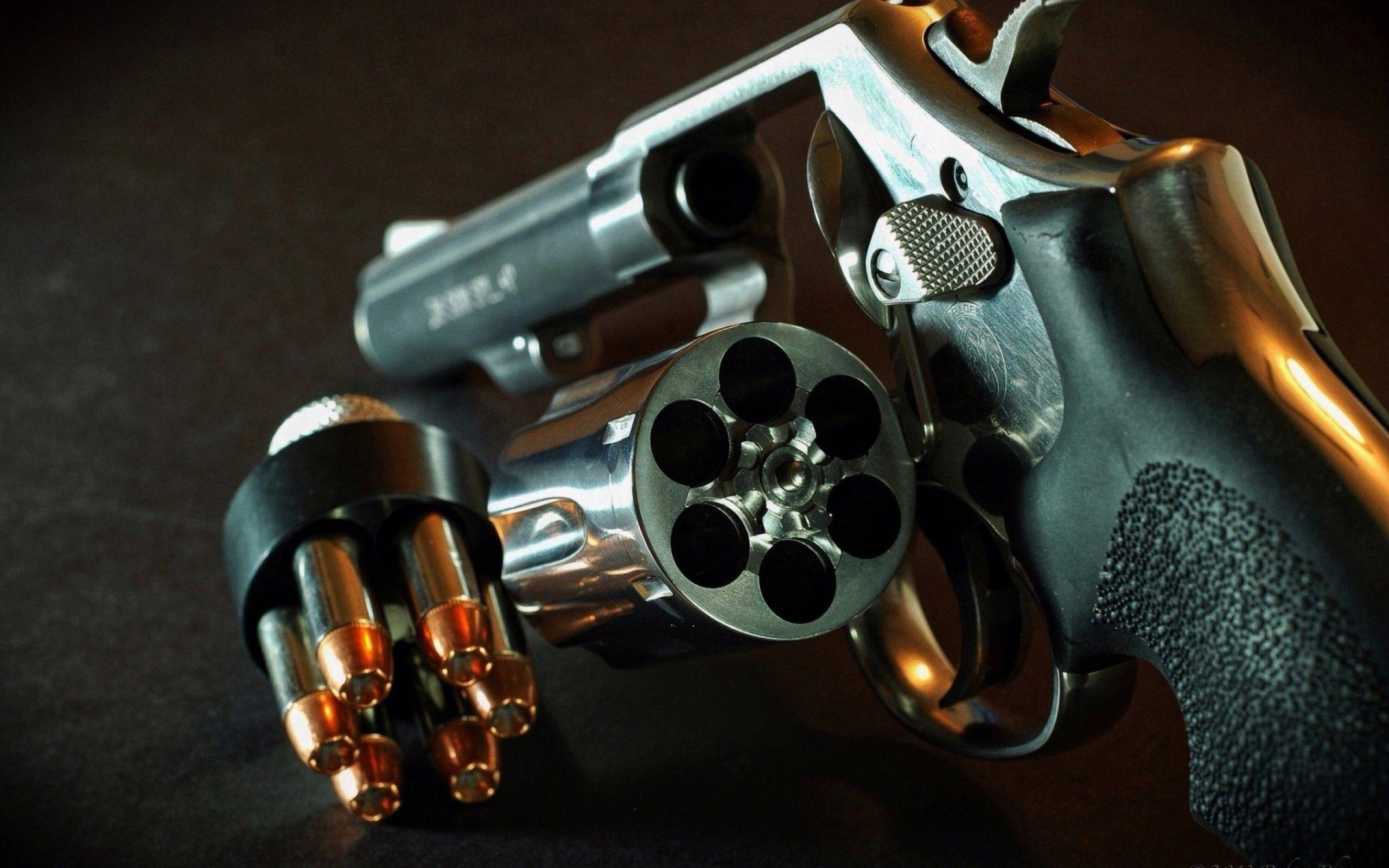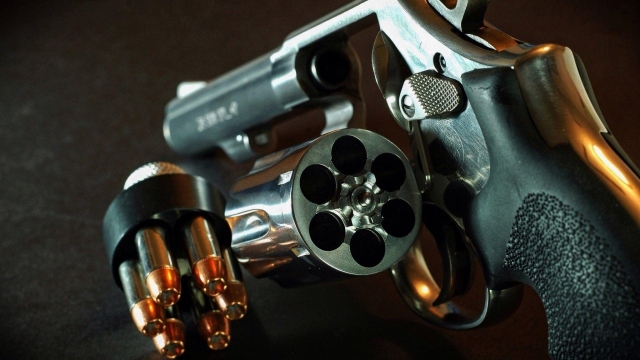Firearms hold a significant place both in history and in present-day society, their power and influence spanning generations. These powerful tools have played crucial roles in shaping world events, serving as instruments of protection, conquest, and even sometimes symbols of status. The combination of human ingenuity and technological advancements has led to the creation of intricate and efficient firearms that possess both destructive force and the potential for responsible use.
At the core of any firearm lies the ammunition, which brings life to its immense power. Composed of a combination of explosive material, projectile, and casing, ammunition serves as the driving force behind the firearm’s capabilities. It is through this interaction between firearm and ammunition that the true potential for both destruction and protection is unleashed. From the earliest developments of gunpowder to the modern advancements in bullet design and manufacturing, the evolution of ammunition has played an integral role in shaping the effectiveness and range of firearms. Understanding the intricacies of ammunition is essential in comprehending the true capabilities and limitations of firearms.
Different Types of Ammunition
In the world of firearms, ammunition plays a crucial role in determining the performance and effectiveness of the weapon. There are various types of ammunition available, each designed for specific purposes and firearms. Here, we explore three common types of ammunition:
-
Full Metal Jacket (FMJ):
This type of ammunition is widely used and is characterized by a soft lead core encased in a harder metal shell, usually made of copper. FMJ rounds are designed to penetrate targets without expanding dramatically upon impact. They are commonly used for target shooting and military training where deep penetration is preferred over stopping power. -
Hollow Point (HP):
Hollow point ammunition features a conical shape with a hollowed-out tip. Upon impact, the hollow point expands, creating wider wound channels and transferring more energy to the target. This expansion results in increased stopping power, making HP ammunition popular for self-defense and law enforcement purposes. The wider wound channels also reduce the risk of over-penetration, minimizing collateral damage. -
Armor-Piercing (AP):
As the name suggests, armor-piercing ammunition is specifically designed to penetrate armored targets. AP rounds typically possess a hardened core, such as tungsten or steel, and a sharp, pointed tip. The high-density core allows the bullet to maintain its structure and penetrate through armored materials effectively. These rounds are primarily used by military and law enforcement personnel when faced with armored or fortified targets.
Understanding the differences between these types of ammunition is essential for firearm enthusiasts, professionals, and those interested in personal defense. Choosing the appropriate ammunition for a given situation can greatly impact the performance and outcome when utilizing firearms. It is also important to stay informed about local laws and regulations regarding the possession and usage of specific types of ammunition.
Understanding Firearms
Firearms are powerful tools that have been widely used for centuries. With their ability to launch projectiles at high speeds, they have become a significant aspect of military, sporting, and personal defense activities.
A key component of any firearm is ammunition. Ammunition refers to the collection of components that, when ignited, propel a projectile out of the firearm’s barrel. It typically consists of a cartridge case, primer, propellant, and bullet. The cartridge case acts as a container for these components, and the primer initiates the ignition process. The propellant generates the necessary gases to propel the bullet forward, and the bullet itself is the projectile that is expelled from the barrel.
Firearms come in various forms, including handguns, rifles, and shotguns. Handguns are generally smaller, portable firearms designed to be operated with one hand. They are commonly used for self-defense or personal carry. Rifles, on the other hand, are long-barreled firearms with grooves on the inside (rifling) that impart spin to the bullet for enhanced accuracy and range. They are often used in hunting, sport shooting, and military applications. Shotguns differ from handguns and rifles in that they discharge multiple small projectiles, called shot, or a single large projectile, known as a slug. Shotguns are commonly used for hunting birds or other small game, as well as for sport shooting and home defense.
Firearms have evolved significantly over time, with advancements in technology improving their accuracy, reliability, and functionality. Today, modern firearms incorporate features such as semi-automatic or fully automatic firing modes, detachable magazines for ease of loading, and ergonomic designs for enhanced user comfort. Understanding these features is essential for responsible firearm ownership and safe usage.
In the next section, we will explore the impact of firearms on society and delve deeper into their various uses and applications. Stay tuned to further unlock the power of firearms.
The Impact of Firearms on Society
Firearms have had a profound impact on society throughout history. From their role in warfare to their presence in civilian life, these powerful tools have shaped our way of life in various ways.
- Hd Tactical
-
Enhancing Security and Protection:
Firearms provide a sense of security and protection to individuals and communities. They are used by law enforcement agencies and military forces around the world to maintain public order and combat threats. In uncertain times, firearms can empower individuals to protect themselves and their loved ones. However, the presence of firearms also raises concerns about misuse and accidents, making it crucial that access to them is regulated and monitored. -
Influencing Politics and Legislation:
The debate around firearms has always been highly polarizing and has significant political implications. Different countries have enacted varying legislation on firearms, ranging from strict gun control measures to more lenient regulations. These laws often reflect the prevailing political ideology and the perception of the role firearms should have in society. The discussions surrounding firearms regularly find themselves intertwined in broader debates on personal freedoms, public safety, and constitutional rights. -
Impacting Crime and Violence:
Firearms play a complex role in crime and violence rates. While they can be used for self-defense, firearms are also frequently involved in criminal activities. The accessibility of firearms can contribute to an increase in violent crime rates, as they provide individuals with a lethal means to inflict harm. Understanding the relationship between firearms and crime is a challenge, as various factors such as socio-economic conditions, cultural values, and illegal gun markets come into play.
In conclusion, firearms have a multifaceted impact on society. They can contribute to security and protection, shape political discourse and legislation, and influence crime rates. Balancing the benefits and risks associated with firearms remains an ongoing challenge, requiring thoughtful consideration, open dialogue, and responsible regulations.

